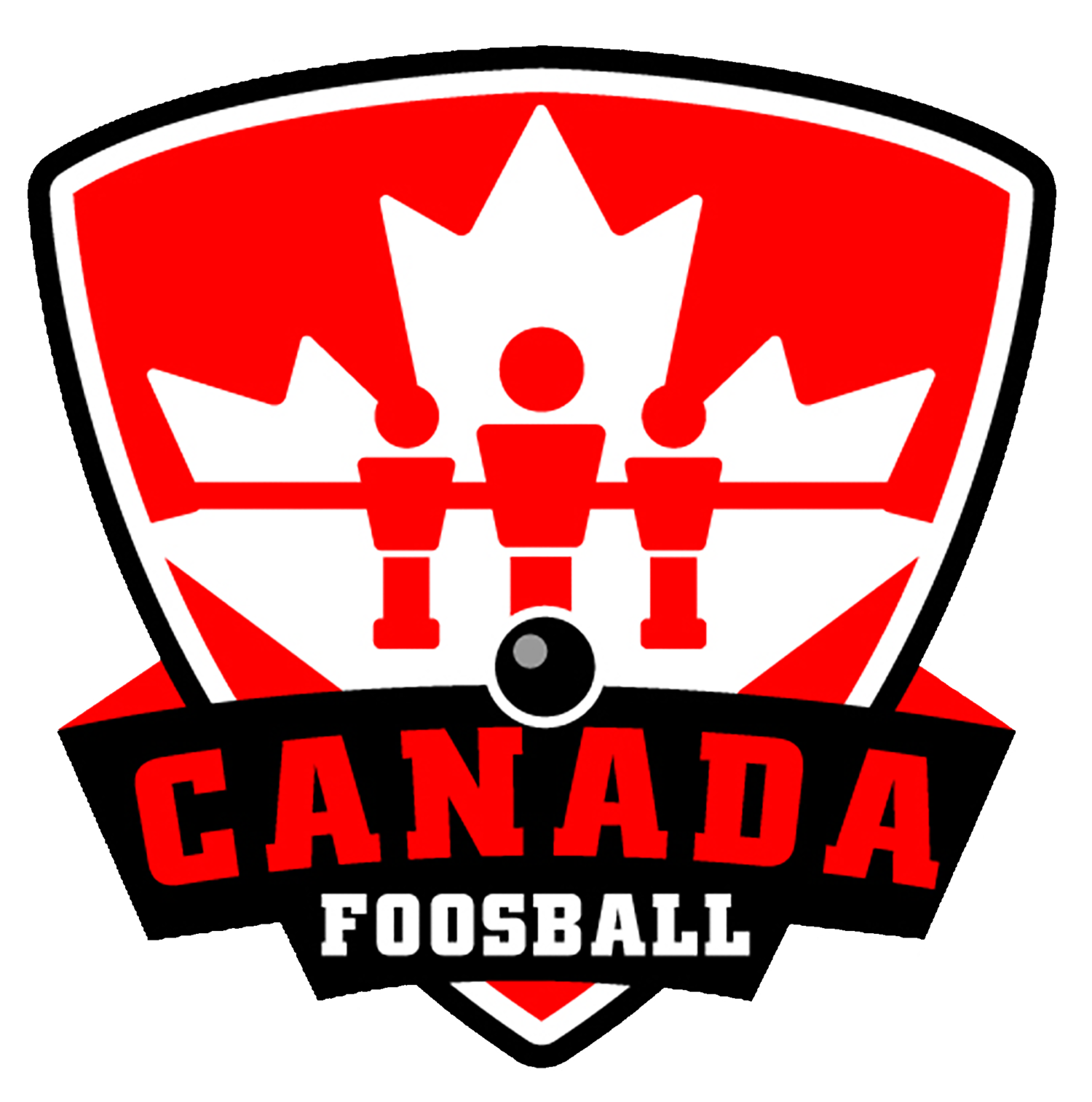
Coaching and Player Development Program:
This program is for club organizers on how to recruit and train new players in order to turn them into professional competitive players. Foosball is a sport that most people are aware of and have played at some point in their lives. What people don’t realize is that it can be played at a very high skill level. This guide will help you to attract, keep and train new players. Most clubs play in public settings and can get members of the public to come up and interact in the local events. Most people are surprised about how the game can be played at such a high level. If you can get them on the table and show them a few tricks you can get them engaged and playing. There are several styles of play, each of them different, some are more appropriate than others to different styles of table. For example, play on the Torando table is very controlled and repeatable leading to a “stop, setup, and execute” style of play. While on a Garlando table the play is very fast passed with quick shots as the table style encourages this. These different styles are what make the sport so much fun.
#1 Rule – Make the game fun. New players will be at a much lower skill level than your regular league/tournament players. It is key to keep new players happy and having fun. Having some challenges, like playing against a 1-Arm pro will provide some intrigue and fun for them.
#2 Have skill-appropriate competition. It is important to have competition for various skill levels. One example is to have a league divided into tiers for pro, amateur, and beginner players. This allows for all players to gather at the same time but play against other players with similar skills. One thing to avoid is to have a new player compete only against a high-level professional player as they will get discouraged. Ottawa Foosball association has developed a strong league by using the tiered structure in the winter, a mentorship league in the spring, and a pickup league in the summer. Each of these formats allows for new players to have an opportunity to play competitively, as well as mentorship from the senior players.
#3 Training. Here are some skills and drills that can be used to help train new players to become more competitive.Basic Skills:
1) Ball Control and Handling. There are several drills that help players control the ball along and between rods. Some of these drills include:
Tick-tacking between men.
Dragging and stopping between men.
Front-pin and back-pin control.
The intent of these drills is to be able to control the ball and prevent losing possession.
2) First Shot – This is the player’s most proficient shot. It could be a drag shot – pull or push, Pin shot – Euro or Snake Shot, Kick shot – push/pull kick. Work with the player to help them with the shot fundamentals: setup, execution, and options.
The setup allows the player to be more consistent in the setup of the shot. Being consistent and faster in setting up the shot will allow the layer
more time to execute and read the defense.
Executions: Identify what the player could do to help with their execution:
Stance – the correct footing will allow for better upper body rotation and faster execution.
Grip – how to grip the handle for better rotation.
Rod movement – how to move the rod faster for better speed and accuracy.
Options – Help the player develop a series of shots/options from one setup. This will open the doors to all the possible shots and develop a series of options allowing the player to score more goals and explore the higher mental aspect of the game.
3) Defence – New players will not have the experience with all of the shots pro players use and as a result their defence will be lacking. Giving them quick tips on how to:
Not cross the men
Don’t stand still. Players can shoot faster than you can react, so you need to be moving and anticipating the shots.
